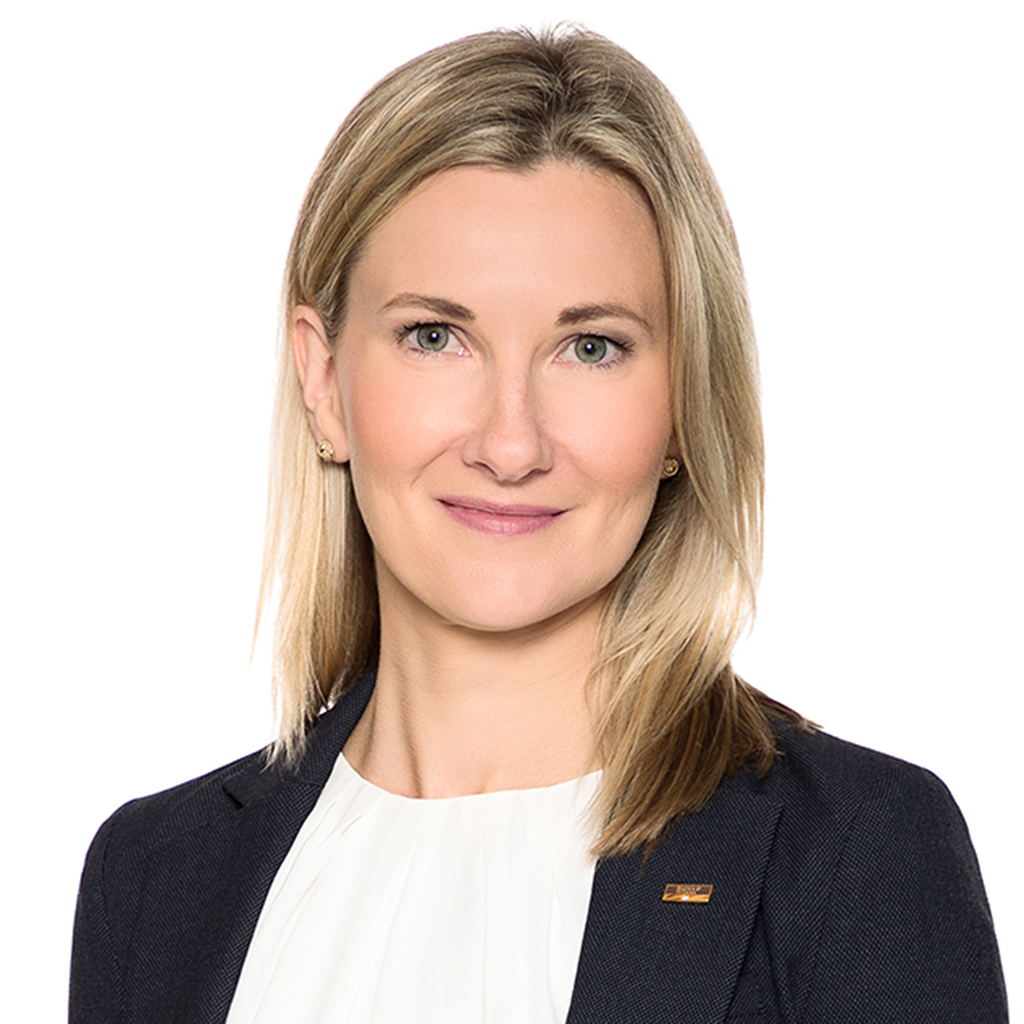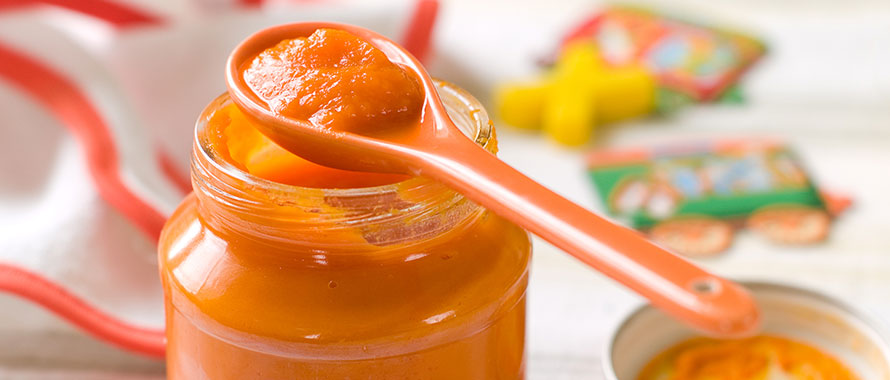On March 5, the U.S. Food and Drug Administration signaled it would soon take steps to prevent or reduce chemical hazards in baby and toddler foods to a level “as low as is reasonably achievable.” The FDA announcement disclosed a letter it sent that same day to manufacturers and processors of baby and toddler food to remind them of their responsibility to consider toxic chemicals in hazard analysis, citing the preventive control provisions of the 2015 rule Current Good Manufacturing Practice, Hazard Analysis, and Risk-Based Preventive Controls for Human Food.
The FDA’s announcement came one month after the U.S. House of Representatives Committee on Oversight and Reform released a report showing “significant levels of toxic heavy metals” like arsenic and lead in commercial baby foods. In the February congressional report, the Subcommittee on Economic and Consumer Policy concluded that baby food manufacturers “knowingly sell” toxin-tainted foods to consumers “without any warning label whatsoever.”
The FDA’s plans to address the issue include identifying action levels of contaminants, increasing inspections and food samplings, and supporting research into the safety of toxic elements in baby foods.
Although the FDA said its own testing had found toxin levels that reportedly would not pose any “immediate” health threat to children, lawsuits against baby food manufacturers have filed by parents in Nevada1 and New York2 since the congressional report was released, alleging a potential link between developmental delays in their children and the presence of toxic heavy metals in the food they consumed.
“Whether or not health issues can be attributed definitively to what a child ate as baby or toddler will not stop parents who believe there is a connection from filing lawsuits,” said Nicholas Freeman, Associate Managing Director, Burns & Wilcox Brokerage, Dallas, Texas. “This issue of potential toxins in baby food is very much a liability peril.”
Health-related lawsuits can cost ‘millions upon millions’
Help with the costs for lawsuits claiming bodily harm caused by a food would typically be included in a manufacturer’s Commercial General Liability (CGL) or Products Liability Insurance policy coverage. CGL and Products Liability Insurance coverage can assist with legal defense costs and, if a manufacturer is found to be at fault, indemnity or settlement payments to affected parties. Such costs can be difficult to estimate, said Patricia Sheridan, Director, Ontario Commercial Insurance, Burns & Wilcox, Toronto, Ontario.
“The potential cost of bodily injury to an infant, given that complications could possibly be suffered over a lifetime, is not quantifiable,” Sheridan said. “The stakes could not be higher for all parties; any product related to infants carries an increased vulnerability.”
An example illustrating both the incalculable nature of such injuries and the inherent risks assumed by manufacturers is that of Johnson & Johnson. The company has reportedly set aside nearly $4 billion for litigation related to 25,000 lawsuits over talc in its baby powder products that consumers blame for their cancer diagnoses.3 The company, which halted sales of talc-based baby powder in the U.S. and Canada4 in May 2019, agreed last October to pay over $100 million to settle more than 1,000 such lawsuits.5
“Because alleged harms related to baby food could date back decades, there could be many individual and even class-action lawsuits,” said Linda Bobro, Vice President, Managing Director, Burns & Wilcox, Pittsburgh, Pennsylvania. This demonstrates why Excess Liability Insurance is also a key component of insurance for most food manufacturers. Excess Liability Insurance policy coverage can provide assistance with legal and other expenses once a CGL Insurance policy’s coverage limits have been exhausted.
“Class-action lawsuit expenses can easily reach millions upon millions,” Bobro said. “A CGL Insurance policy with a coverage limit of $1 to $2 million is quite simply not enough in these instances.”
A class-action suit is a considerable risk, particularly for smaller manufacturers without adequate Products Liability Insurance coverage. “Some companies may not grasp the full implications and the associated costs,” Sheridan said. “If a class-action case involving a manufacturer’s product arises, that company’s CGL Insurance limits could be exhausted in short order.”
If baby food manufacturers were to recall their products related to suspected heavy metal contamination, Product Recall Insurance policy coverage could help with costs to notify customers, ship recalled items and produce replacement items, as well as with recovering from reputational damage following a recall. Coverage to help with the expense of repairing damage to a company’s reputation is not included in a CGL Insurance policy, Bobro noted.
Allegations that baby food company executives were aware of the presence of heavy metals in their products could mean further problems for a manufacturer, including lawsuits alleging negligence that name a company’s board of directors or management. In such cases, Directors & Officers (D&O) Insurance could offer coverage to help mitigate associated expenses, Freeman said.
“Professional Liability and Management Liability Insurance policy coverage could also play a role in assisting with costs stemming from such cases,” said Freeman.
Greater consumer awareness heightens litigation risks
Growing consumer awareness about potentially harmful chemicals in food and other products has contributed to a more health- and safety-conscious public, Freeman said. High-profile, major lawsuits have also played a role, including the landmark case involving claims that linked Monsanto’s weedkiller, Roundup, to cancer. Last June, Bayer, the new owner of Monsanto, agreed to pay over $10 billion to settle about 95,000 claims in one of the highest civil settlements in American history.6
More recently, Post Consumer Brands agreed this month to pay $15 million to settle consumer lawsuits alleging the cereal brand made misleading health and nutrition claims about its products.7 Post also said it would stop using marketing terms like “wholesome” and “nutritious” regarding products with significant calories from sugar content.
“There are more eyes on what is in the products we consume as well as the products we use every day,” Freeman said. “Some items or practices once widely assumed to be relatively safe have become subject to debates over safety and sustainability.”
This makes Products Liability Insurance a growing necessity for any entity involved in the manufacturing or sales of a food product, Bobro said. If a company uses an outside manufacturer but re-labels food products with its own branding, both the brand and original manufacturer could be named in a lawsuit, she said.

There are more eyes on what is in the products we consume as well as the products we use every day. Some items or practices once widely assumed to be relatively safe have become subject to debates over safety and sustainability.
“Any manufacturer carries a greater risk now than in years past because of increased public awareness,” she said. “A small manufacturer that chooses to not invest in Products Liability Insurance to save money in the short term could face bankruptcy in the long term in the event of a lawsuit.”
The decision to forgo insurance can easily backfire, Bobro said. “A company’s leaders should ask themselves whether a $20 million lawsuit could be absorbed by their operation or force it into bankruptcy,” she said. “It is quite simple–any company manufacturing a product should invest in Products Liability Insurance. Anything can happen.”
Beyond having insurance in place, thorough product testing and other safety procedures could help food manufacturers avoid lawsuits in the first place, Sheridan added. “Taking steps such as following health guidelines and doing due diligence to produce a safe product can end up saving money, even if it means some added expense up front.”
Attend to details and know your coverage
The way its CGL Insurance policy is structured is important in determining the costs a company could face in the event of a lawsuit. Smaller, so-called “mom and pop” companies, in particular, should pay careful attention to whether their policy handles risks on an occurrence or claims-made basis, Freeman pointed out.
“For manufacturers of items that go into the body, CGL Insurance policies can sometimes be written on a claims-made basis,” Freeman said. “This means that the policy in place when an allegation is made determines coverage, even if the alleged incident occurred 40 years ago.” With an occurrence-based policy, he said, coverage included in the policy in place when the alleged incident transpired would apply.

Brokers who understand manufacturing are in the best position to recommend the best options for companies to mitigate their risks and protect their balance sheets.
Another important distinction is whether deductibles apply per claim or per occurrence. “Per claim means that the deductible applies to each individual claim,” explained Freeman, whereas some policies include payouts under one deductible if claims are related to the same occurrence. Batch clauses can also be included in policies, Freeman said. “If 1,000 jars of baby food were sent out in one batch, that deductible could be based on a single occurrence versus potentially 1,000 different claims related to individual consumers who bought those jars of food.”
Products Liability Insurance policy exclusions for certain chemicals should be well understood by manufacturers. If a manufacturer had a policy that excluded a given chemical, for example, and was sued for allegations related to the presence of that chemical, there would potentially be no coverage to assist with related expenses.
These details can have a major impact on a company in the event of a lawsuit, Sheridan said. “This is why it is imperative that manufacturers work with an expert insurance broker,” she stressed. “Brokers who understand manufacturing are in the best position to recommend the best options for companies to mitigate their risks and protect their balance sheets,” she said.
“A company should understand what it is buying,” Freeman agreed. “If a policy does not provide the appropriate type or level of coverage, then it will not serve a company well when it faces a lawsuit.”
Sources
1 Ford, Alexis; and Ferrara, David. “Nevada parents sue baby food manufacturers.” Las Vegas Review-Journal, March 3, 2021. 2 Spezzamonte, Irene. “Staten Island mom sues baby food companies that reportedly have ‘dangerous levels’ of heavy metals in their products.” SILive.com, February 23, 2021. 3 Feeley, Jef. “J&J Sets Aside Almost $4 Billion for Talc Verdict, Accords.” Bloomberg, February 22, 2021. 4 O’Donnell, Carl; and Girion, Lisa. “Johnson & Johnson to stop selling baby powder in Canada after thousands of lawsuits claim link to cancer.” National Post, May 20, 2020. 5 Cassady, Daniel. “Johnson & Johnson To Pay $100 Million In Baby Powder Settlement.” Forbes, October 5, 2020. 6 Cohen, Patricia. “Roundup Maker to Pay $10 Billion to Settle Cancer Suits. The New York Times, June 24, 2020. 7 Manning, Lauren. "Post settles sugary cereal lawsuit for $15M and agrees to drop health-focused label claims." FoodDive, March 2, 2021.







